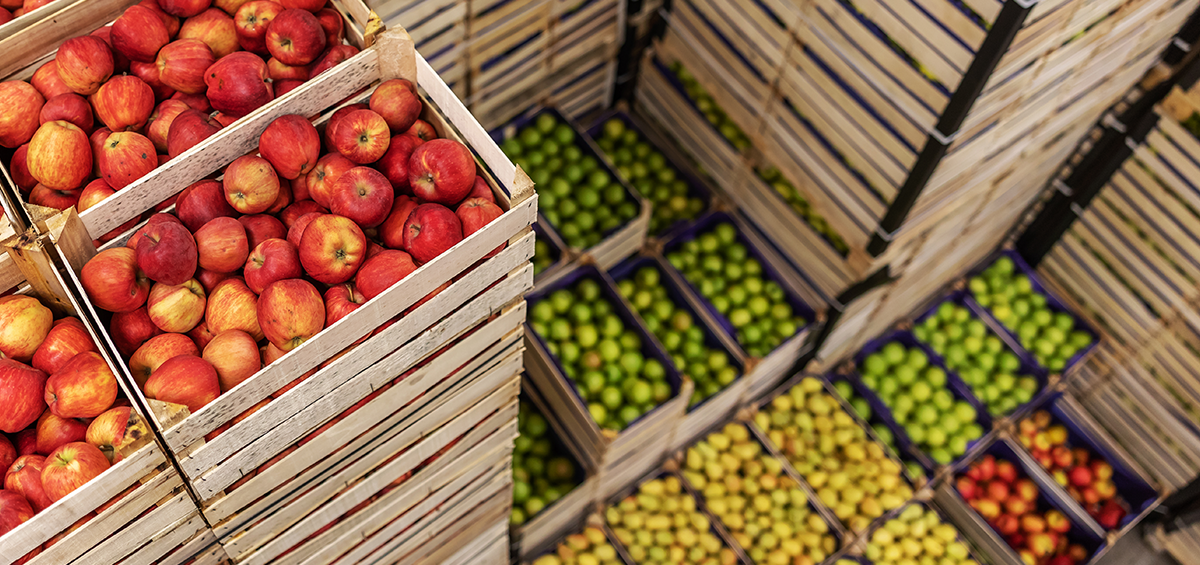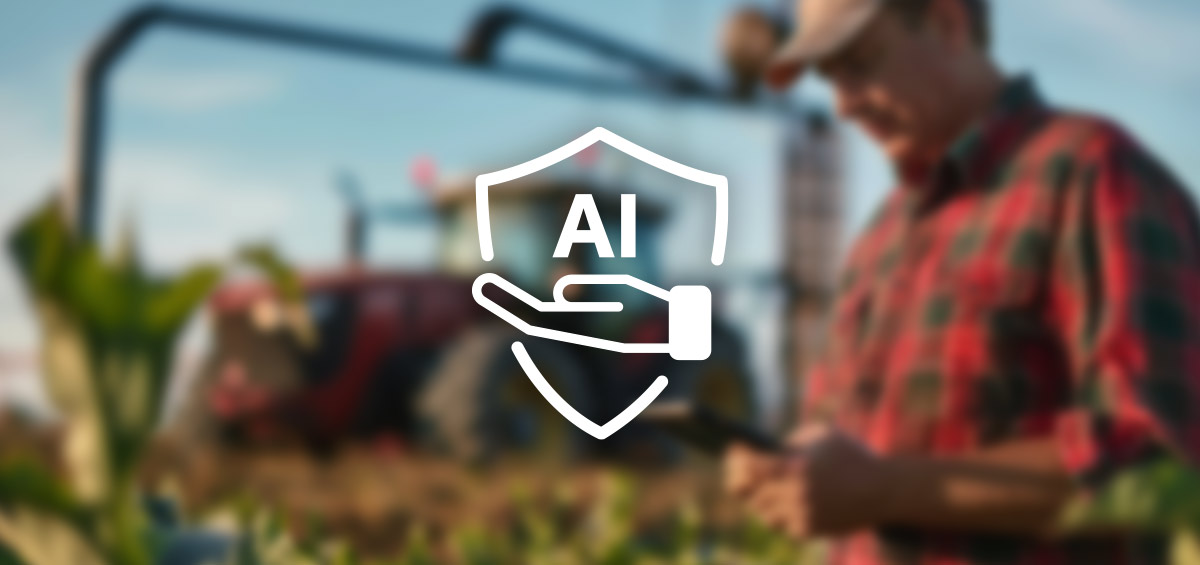- Limited capacity of devices and equipment for preservation and processing of an incoming seasonal fruits vegetables
- Extension of the season of using them fresh
- For achieving higher prices and decrease of market pressure by storage of surplus goods at the time of harvest.
Supplying the market with fresh fruits and vegetables is very complex and requires a lot of knowledge and application of certain methods, since it is a goods that is highly susceptible to changes caused by both external and internal factors. It is thought that in developed countries about 25%, and in other up to 50% of fresh fruit and vegetables, depending on type, fail due to poor conditions after harvest.
Storage conditions
Once harvested, fruits and vegetables must be stored under proper conditions, of which the most important are temperature and humidity. Each fruit or vegetable has its own ideal set of conditions at which it will be stored most successfully for the maximum length of time. Based on these conditions fruits and vegetables are categorized into four groups (see at the bottom of the page). Proper storage of fresh fruits and vegetables is important to maintain the integrity of the product, prevent spoilage and illness and ensure to get the best value for your labour. In addition to proper temperature and humidity, all fruits and vegetables must be kept in a dark, aerated environment. While most vegetables like moist conditions, standing water must be avoided, as it will quickly lead to rot. It is important to remember that crops held in storage are still living plants, capable of respiration and affected by their environment. The goal of storage is to keep them in a dormant state. Once harvested some fruits do not ripen, while others will continue to ripen after harvest because they naturally produce a gas called ethylene. Exposure to this ethylene causes vegetable deterioration; therefore ethylene producing fruits should be stored separately.
Ways of storage
One of the most common ways of storage of fruits and vegetables is in refrigerators with controlled atmosphere (CA). Storage atmosphere is controlled by regulation of reference parameters (CO2, O2, temperature, relative humidity), which are characteristic of each species and variety of vegetables and fruits. The controlled atmosphere inhibit the biochemical reactions that lead to the formation of ethylene-stimulator ripening. Thus prolongs storage time and maturation, as it reduces the intensity of respiration due to the absence of ethylene. Another way of storage is undercooling/cooling, rapid cooling (immediately after harvest) to +2 to +4 ° C. It is done for the purpose of transportation at a greater distance, or before placing it on storage. It’s most often used on berries because it prolongs the freshness of 10 to 20 hours. To maintain the quality of fruits and vegetables during storage it is important to comply with the rules above. Learn all about post-harvest technology and storage in AGRIVI knowledge base. AGRIVI farm management system helps you to properly store fruits or vegetables and gives you required temperatures and humidity for each species. With proper storage, you can achieve higher revenues. Start using AGRIVI now. Classification of fruits and vegetables based on storage temperatures and humidity:
1. Fruits and vegetables which require cold & moist conditions
| Fruit/vegetable | Temperature (°F) | Temperature (°C) | Relative Humidity (%) | Length of Storage |
| Apples | 32 | 0 | 90 | 2-6 months |
| Pears | 32 | 0 | 95 | 2-7 months |
| Celery | 32 | 0 | 95 | 2-3 months |
| Lettuce | 32 | 0 | 95 | 2-3 weeks |
| Potatoes, early | 50 | 10 | 90 | 1-3 weeks |
| Potatoes, late | 39 | 3.88 | 90 | 4-9 months |
| Grapes | 32 | 0 | 90 | 4-6 weeks |
| Spinach | 32 | 0 | 95 | 10-14 days |
| Leeks, green | 32 | 0 | 95 | 1-3 months |
| Beets | 32 | 0 | 95 | 3-5 months |
2. Vegetables which require cool & moist conditions
| Fruit/vegetable | Temperature (°F) | Temperature (°C) | Relative Humidity (%) | Length of Storage |
| Cucumbers | 45-50 | 7.2-10 | 95 | 10-14 days |
| Eggplant | 45-50 | 7.2 10 | 90 | 1 week |
| Cantaloupe | 40 | 4.44 | 90 | 15 days |
| Watermelon | 40-50 | 4.44-10 | 80-85 | 2-3 weeks |
| Potatoes, early | 50 | 10 | 90 | 1-3 weeks |
| Potatoes, late | 40 | 4.44 | 90 | 4-9 months |
| Tomatoes, green | 50-70 | 10-21.1 | 90 | 1-3 weeks |
| Tomatoes, ripe | 45-50 | 7.2-10 | 90 | 4-7 days |
| Peppers, sweet | 45-50 | 7.2-10 | 95 | 2-3 weeks |
3. Vegetables which require cold & dry conditions
| Fruit/vegetable | Temperature (°F) | Temperature (°C) | Relative Humidity (%) | Length of Storage |
| Garlic | 32 | 0 | 65-70 | 6-7 months |
| Onions | 32 | 0 | 65-70 | 6-7 months |
4. Vegetables which require warm & dry conditions
| Fruit/vegetable | Temperature (°F) | Temperature (°C) | Relative Humidity (%) | Length of Storage |
| Peppers, hot | 50 | 10 | 60-65 | 6 months |
| Pumpkins | 50-55 | 10-12.7 | 70-75 | 2-3 months |
| Squash, winter | 50-55 | 10-12.7 | 50-60 | 2-6 months |
| Sweet Potato | 55-60 | 12.7-15.5 | 80-85 | 4-6 months |




